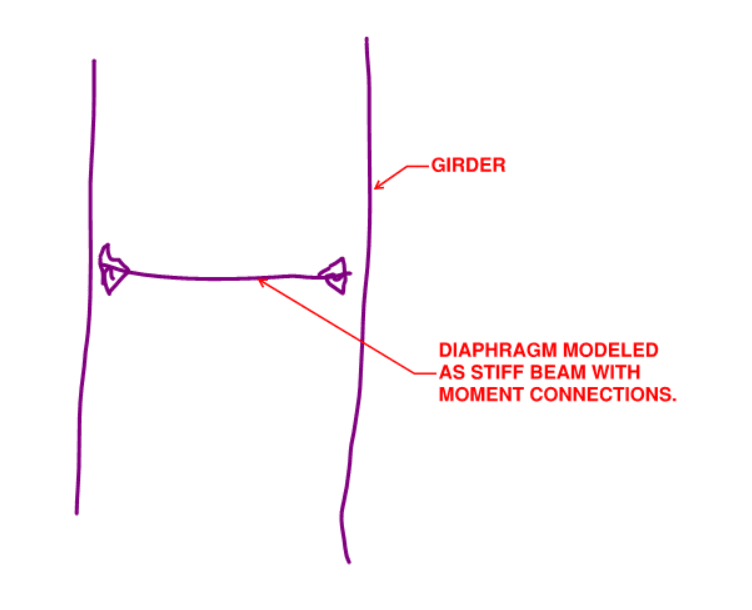WayneRuin10
Structural
Hello All,
I have a question about how I can add horizontal bracing between 2-W 36 roof beams that are spanning parallel to each other. I have modeled this on sap2000, so i need to make sure when i add the bracing, they are attached to the top flange of the W36 and not the centroid of W36. See attached picture.
Any suggestion is appreciated.
Thanks
I have a question about how I can add horizontal bracing between 2-W 36 roof beams that are spanning parallel to each other. I have modeled this on sap2000, so i need to make sure when i add the bracing, they are attached to the top flange of the W36 and not the centroid of W36. See attached picture.
Any suggestion is appreciated.
Thanks

